👋 Hey! It is Karin here.
Welcome to my ✨ weekly newsletter ✨. This is the place where I tackle topics around product, business, personal finance and spirituality. Subscribe today to get each and every issue.
Welcome to part five of my six-part series on of how to start a digital business in 2024.
If you’re just joining me, here are links to previous posts, and a sense of what’s ahead:
Step 1: Welcome an idea - On gaining an insight
Step 2: Audit your idea. On figuring out if you have an idea worth pursuing
Step 3: Find your audience. On how to identify your who
Step 4: Prototype. On how to validate your solution and nail a value proposition
Step 5: Grab attention - On finding the message that resonates with your audience --> this piece
Step 6: Retain - On keeping users around
The main question I will answer today is:
Let's dive into it.
We live in the attention economy.
Glued to our screes, we are the product for technology companies that keep us clicking, liking, scrolling and sharing to point our attention at those who will pay for it.
This is the playing field where your product is going to debut. A place where everyone out there is competing for the attention of your potential users.
How do you get your potential users to listen? To watch? To engage?
“Competition is so fierce that you have to create something remarkable in order to succeed. Something remarkable is worth talking about. Worth noticing. Exceptional. New. Interesting. The opposite of remarkable is very good.”
Seth Godin - Purple cow
You need a remarkable hook.
Nail that, and your product will have a chance.
Fail to do so, and you will stay in struggle-land.
Today we're going to focus on that: how to craft a hook that resonates with your audience.
Here are some examples of great hooks that helped launch b2c companies in the German market:
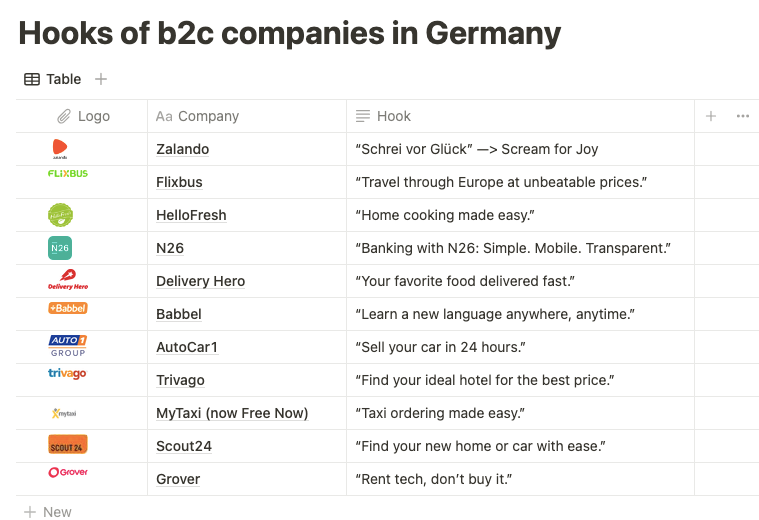
How to come up with a hook?
There are several approaches to this. In this article, I give you four concrete strategies. My suggestion is to go ahead and try all the strategies below and see which one resonates the most with you.
Before you start, make sure you have your super-specific-who established. This is a requirement to continue.
Strategy 1: What's unique about your product
Your product or your solution exists to solve a problem for the users. The way it helps users solve their problem is exactly how it delivers its value.
This strategy is about positioning your product relative to the other solutions in the same problem space.
Start with making a list of the current alternatives to your product. List your fancy start-up alternatives. Also, list all offline, pen and paper substitutes.
Now, list the problems with those offerings.
And then, list how exactly your product is different. Not better. Different. Paraphrase that into an action.
This might be your hook.
This strategy helps you to come up with sentences that are relatable, user-centric and phrased in simple language.
Below, find a table courtesy of Julian Shapiro with some examples.
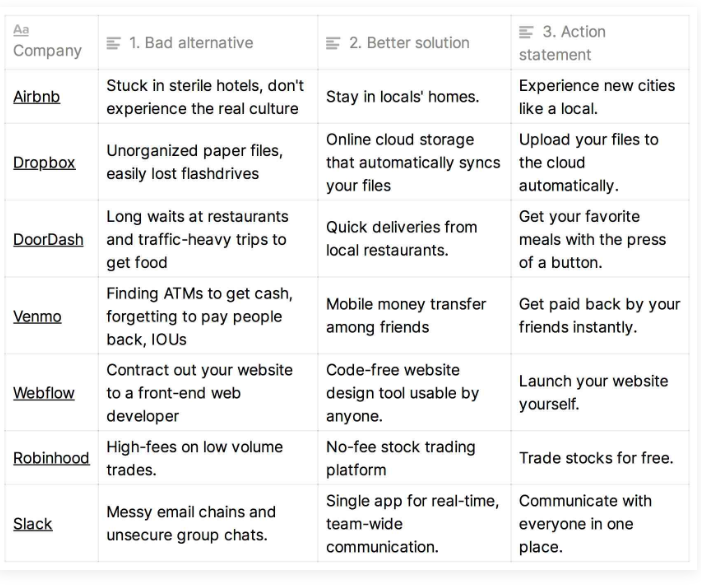
Strategy 2: What job is your product doing for people
This strategy focuses heavily on the Jobs to be Done Framework by Christensen and Cook (Link to the seminal paper). The essence is simple. People hire products to get something done, and not for the sake of having the product. It's about using a product to accomplish something.
We hire a hammer to get a hole in the wall. We hire Google to find things on the internet. We hire the food at a restaurant to satisfy our hunger. We hire a taxi to take us from A to B with a certain level of comfort.
Your job, as a marketer, is to figure out what is the hole to your hammer.
Once you know this, place your product as the magic that gets the users their job done.
Take the iconic example of Dollar Shave Club. They realized that customers didn’t want or need more blades, or moving heads in their razors. Their job is to be done is to get shaved. They hire Dollar Shave Club to never forget about getting new razors again.
Perhaps even more iconic is the example of the iPod. Apple realized the job-to-be-done was to take your music with you (listen to music on the go) instead of having yet another better CD player.
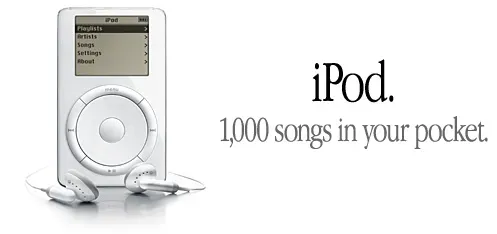
This strategy is helpful because it forces you to see your product as your customers do.
This article is a great piece on implementing it. I highly recommend it, especially if you're not familiar with the jobs-to-be-done framework.
Strategy 3: What is likely to catch people’s attention
Novelty is the ring that bells in the attention economy. This strategy is about coming up with something of your product that might catch people’s attention.
What's there funny or novel in the problem space you're, that might catch people’s attention?
One example is Airbnb’s “Belong anywhere” campaign.
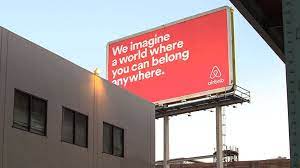
You might think that Airbnb is about renting houses. They realized that behind the desire to travel and see the world, lies the longing for belonging. A very human need. By letting people stay at local places, they could offer just that: a sense of belonging anywhere.
This campaign tapped into a desire for authentic travel experiences. A desire to travel like a local. This emotional appeal, with a promise of unique, personalized travel, resonated with users.
They made it tangible with the Hook: “Don’t go there. Live there."
Another example is Conny (formerly wenigermiete.de). Conny is a company in Germany that helps tenants enforce rent price caps. It started with a viral campaign. You could non-bindingly check if a rent cap applied to your existing rental contract. This was a powerful hook. Back then, when the law came to market, nobody knew if they could benefit from it.
The hook was to the point: “Pay less rent. Now!”

Strategy 4: Choose your positioning anchors and use them to craft your hook
This strategy is about using anchors to convey a message to your potential users. Positioning anchors are reference points. You can rely on them to explain your product's value to your audience. As the name implies, they refer to something that is known to the users, thus reducing the need to explain.
You can use a current tool, which might be a direct competitor or a substitute alternative. Alternatively, you can use a use case, which is the job the user is trying to do. Let's see two examples that illustrate this.
- Tool anchors: provide a comparison to other well-known tools.
Let’s take the example of Slack. Slack used to position itself against email. This told users in few words how this is different from what they were used to. It also showed the value.
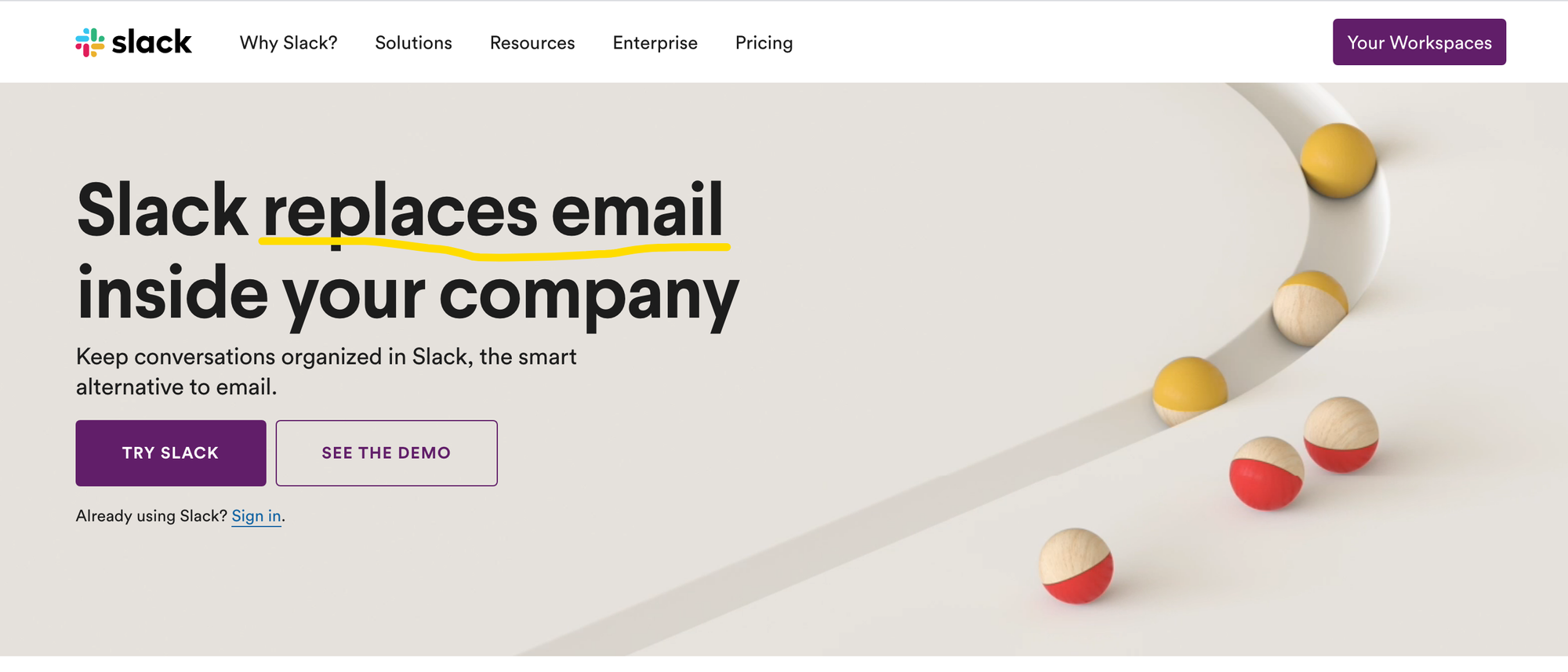
- Use case anchors: explain the exact context in which your product is going to be used
Let’s take the example of Loom a “Free screen recorder for Mac and PC”
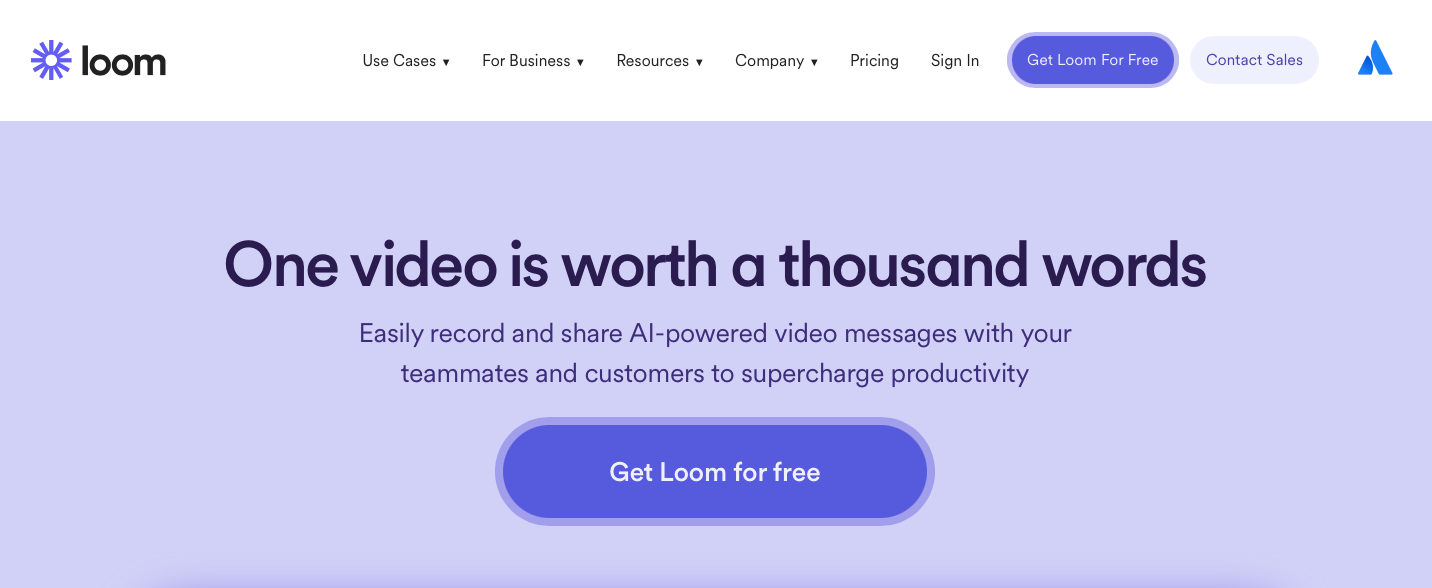
The use case is to convey information (as opposed to having a meeting) and the context where this happens is at work. They directly address the case of increasing productivity at work.
I encourage you to experiment with both variants and see with which one you want to start.
For more guidance on positioning and coming up with hooks, you may check these resources:
- Great startups deserve great brands by Arielle Jackson
- Fletch and all their guides on positioning and product marketing management
- Above the fold by Julian Shapiro
Finaly, with your startup idea, a sense of who is your super-specific-who, and a attempt of a hook, the next step is to bring all of these together and to go and pitch people.
Next week: 🏗 Closing. On finding your first 10 users.
Finding this newsletter valuable? Share it with friends or subscribe.
